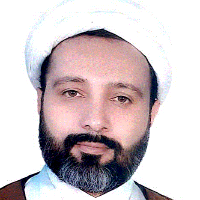Analyzing the Shia Population Status of the World with Emphasis on Non-Shia Political Rule Countries
After the Islamic Revolution of Iran, often influenced by the Islamic Revolution, Shiites in their countries have had a favorable growth while some, on the other hand, had the opposite effect. Understanding the status of Shiites in different countries allows for optimal planning to further enhance their position in each country and the world as a whole. From a macro perspective, the Shias worldwide live in two different ways: 1. Countries in which Shiites exercise political sovereignty and 2. Non-Shiite political sovereign countries. This article focuses on analyzing the status and demographics of Shiites in countries that do not have Shiite political sovereignty. These countries are, in themselves, divided into two categories: 1. Shia-majority countries; 2. Countries with Shia minority populations. Shiite demographics in these two countries are taken into consideration in the article. The first category includes the countries of Azerbaijan and Bahrain. In the second category, there are many countries and given their abundance, we have analysed the Shiite demographics in 10 countries and the others based upon the different continents (Asia, Africa, Europe and the US). It is also to be noted that the study has taken into account countries with a population of at least 300,000 Shiites. The purpose of the article is to analyse the status and demographics of Shiites in countries with non-Shiite political rule. The research method used in this article is fundamental analysis, document research and reference to various related books, websites, and software.
Shia , population , political rule , Majority , Minority
-
The course of the development of the doctrine of Mahdism in Ismailia until the end of the Caliphate of Moez
Mohammad Ghafoori Nejad, Mostafa Nobakht *
Mashreq-e Mouood,



